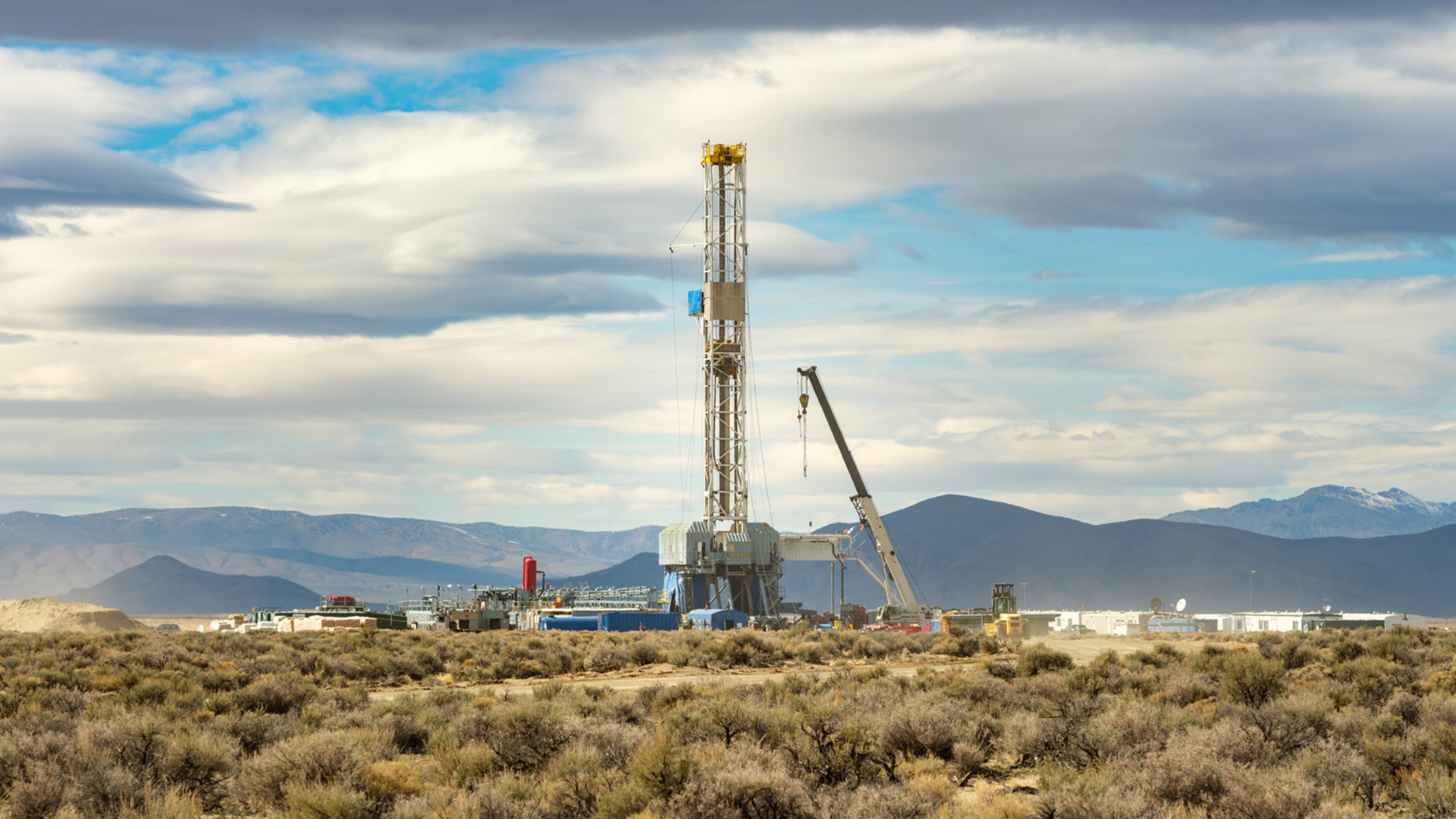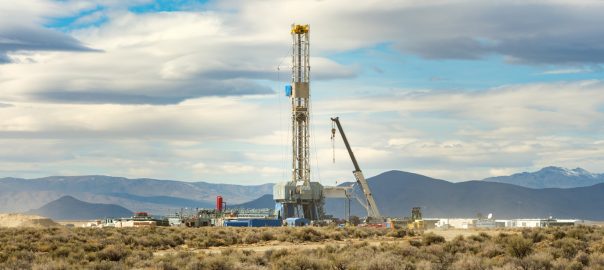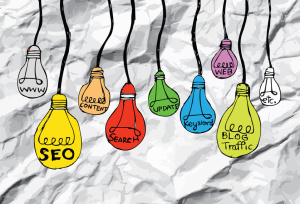By Adele Peters
In 2020, Google set a goal to get to 24/7 carbon-free energy by the end of the decade, meaning that all of its data centers and offices will run on clean electricity every hour of every day, all year long. The company didn’t know exactly how that would happen. “We realized pretty quickly that it was going to take more than wind and solar and lithium-ion storage,” says Michael Terrell, senior director for energy and climate at Google.
Solar and wind power aren’t available all the time, and storing renewable energy with batteries is still relatively expensive. Some studies suggest that for the whole grid to get to 100% clean power, between 10% and 20% will have to come from other sources that are always available. Google started exploring new technology, including green hydrogen and advanced nuclear. And in 2021, it partnered with a small startup called Fervo Energy to test Fervo’s next-generation geothermal energy—something that was unproven at the time.

(11)







